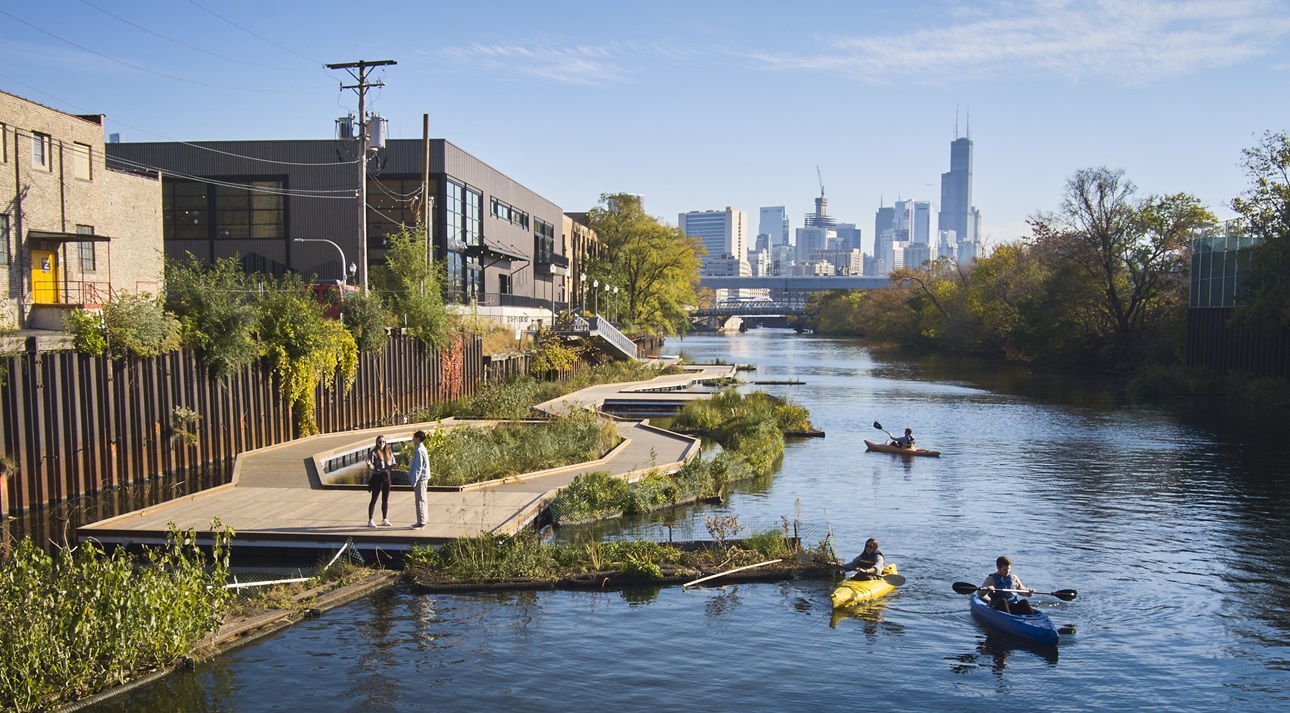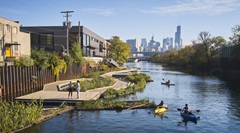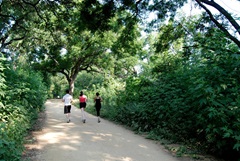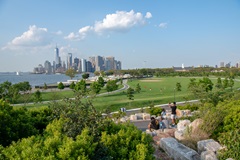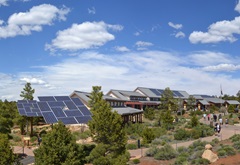How Parks Advance Sustainability and Resilience

Resources
Report Summary: As communities grapple with the rising impacts of climate change, local leaders are looking to parks as powerful tools to advance sustainability and resilience. Parks are widely considered essential infrastructure in cities and provide important environmental and health benefits to individuals and neighborhoods. When leveraged to their full potential, parks and green spaces can also become a core strategy in the fight against climate change.
The following fact sheets describe five innovative ways that parks and green spaces can reduce carbon emissions and mitigate climate threats, all while advancing health, equity, and quality of life in urban areas.
Author
RELATED
Webinar
Tenant-Owner Partnerships for Net Zero in Asia-Pacific
Discover how owners and tenants in Asia Pacific are accelerating progress toward net zero. This webinar unpacks market signals (flight to quality, brown discounts), tenant engagement playbooks (data sharing, fit-outs, behavior), green leases, and rea...
Case Study
The Kelsey Ayer Station
The Kelsey Ayer Station is a six-story, transit-oriented, inclusive housing community providing 115 homes affordable to households earning between 20 percent and 80 percent of area median income (AMI).
Webinar
State of Green: Forging Ahead with the Business Case for Sustainability
Hear from the leaders in sustainable real estate on their reflections from 2025 and trends they expect in 2026, and discuss the progress ULI Greenprint's community of practice is making in carbon emissions.
Topics


